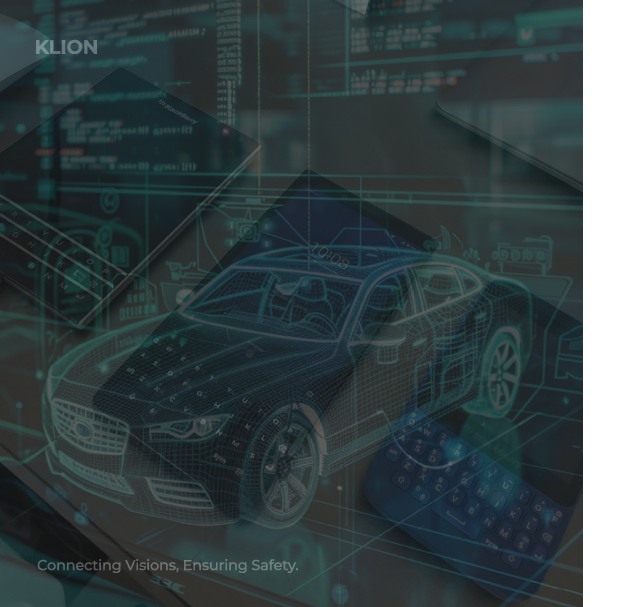
In the automotive industry, the concept of hardware and
software decoupling has become increasingly significant
as vehicles evolve from purely mechanical machines to
complex, software-driven systems. Traditionally, automotive
systems were tightly coupled, meaning that the software
was specifically designed to run on particular hardware.
For example, when developing software for body control
ECU (Electronic Control Unit), proprietary software would be
developed specifically for the ECU, its peripherals,
and particular vehicle models. There is a very limited level of
reusability and software has to be redeveloped for a new ECU,
new peripherals, and new vehicle models.
This approach limited flexibility and made it challenging to update or upgrade either hardware or software
components independently. With the rise of advanced driver assistance systems (ADAS), electric vehicles (EVs),
autonomous driving, and connected vehicle technologies, the need for a more modular approach has become apparent,
leading to the adoption of hardware and software decoupling.
In the enterprise software world, hardware and software have been decoupled for many years thanks to the standard
personal and cloud computing architecture. While there are many form factors, computer hardware is either X86 PC or Mac.
Desktop computers and servers are abstracted by a few dominant operating systems: Windows, MacOS, and Linux.
Business application developers don’t care about the underlying hardware because the operating system provides
a well-defined application programming interface (API) This is an ideal decoupling.
A similar thing has happened in the mobile phone space. In the past, Nokia phones had a proprietary operating system
with tightly coupled applications. Blackberry phones had their own operating system and applications. Not anymore.
Mobile application developers don’t worry (too much) about the underlying hardware as long as their applications
run on Android or iOS.
The automotive world isn’t quite there yet. There’s no standardized hardware architecture. Every car maker is developing
their own proprietary hardware and peripherals. If we think about it for a few seconds, this is a pretty inefficient approach
because everyone keeps reinventing the wheel. It’s obvious that this is not viable or sustainable. The industry should work
harder to find a way to agree on standardized hardware architecture.
What do cars do? They go forward, backward, left, and right. They accelerate and decelerate. They open and close doors,
turn on or off headlights, etc. Most of the performance and safety-related functions and features of the car are very well regulated.
On the other hand, the mobile phone industry was a complete Wild West back then, and yet they were able to figure it out
and consolidate on (mostly) standard hardware architecture and 2 dominant operating systems. The automotive industry
is actually in a much better position to implement hardware and software decoupling.
How about off-highway machinery? The situation is a bit different. Passenger cars and commercial vehicles are
(1) functionally very similar and (2) well-regulated with detailed specifications. However, mobile machines are very diverse
from earth-moving equipment to crop harvesting combines to telehandlers to forklifts and the list goes on.
There’s really no one-size-fits-all solution here.
That shouldn’t necessarily mean that hardware and software decoupling is impossible or meaningless for off-highway
vehicle development. We will talk more about it in the next article.